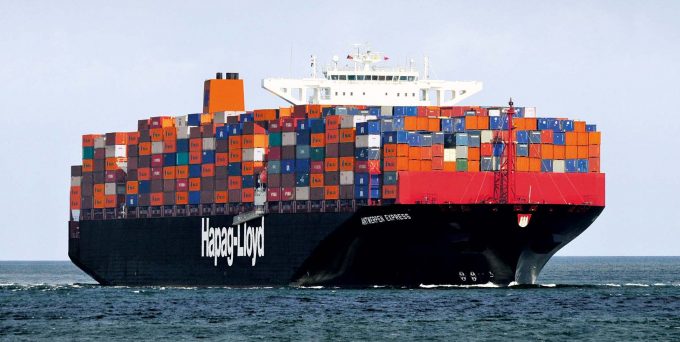Real test of Gemini hub and spoke model yet to come, says Maersk
Early signs may be positive for the Gemini Cooperation’s “hub and spoke” model, but head ...

Asia-Europe ocean carriers are making one final attempt to hike rates on the troubled tradelane next year.
Hapag-Lloyd yesterday joined CMA CGM in raising its FAK (freight all kinds) Asia-North Europe 40ft rate to $3,000 from 1 January.
However, the shipping lines have a long way to go to meet their aspirations; for example, Drewry’s WCI Asia-North Europe component is still at a lowly $1,343 per 40ft this week, albeit that the reading has shown a ...
Volcanic disruption at Anchorage could hit transpacific airfreight operations
Macron calls for ‘suspension’ – CMA CGM's $20bn US investment in doubt
Forwarders stay cool as US 'liberation day' tariffs threaten 'global trade war'
Shippers snap up airfreight capacity to US ahead of tariff deadline
De minimis exemption on shipments from China to the US will end in May
Tighter EU import requirements proving 'a challenge' for forwarders
Looming Trump tariffs will create 'a bureaucratic monster' for Customs

Comment on this article